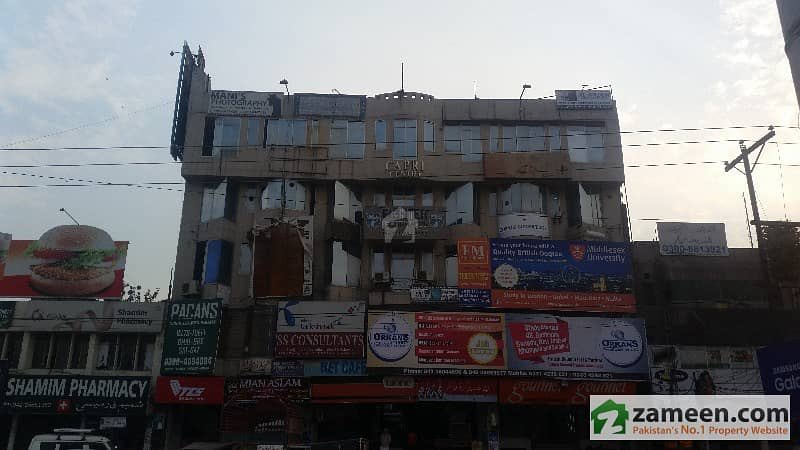
A thread about understanding @OlympusDAO through a few charts @ohmzeus considers important:
1. Ohm Price and Ohm Index Adjusted Price
2. Change in Risk Free Value
3. Index Adjusted Risk Free Backing
4. Risk Free vs Market Value of Treasury
1. Ohm Price and Ohm Index Adjusted Price
2. Change in Risk Free Value
3. Index Adjusted Risk Free Backing
4. Risk Free vs Market Value of Treasury
1. Say you bought one Ohm at inception for $513 and staked it. Today you will have 4.9 Ohms.
Why?
ODAO pays an Ohm reward to stakers called rebase, compounding every 8 hrs. Current rebase = 0.63% (APY = 112,000%)
So while Ohm market price is $250, your investment = $1,225.
Why?
ODAO pays an Ohm reward to stakers called rebase, compounding every 8 hrs. Current rebase = 0.63% (APY = 112,000%)
So while Ohm market price is $250, your investment = $1,225.

2. Every day the risk free value of ODAO’s treasury grows as it sells bonds and takes in DAI.
For every 1 DAI it receives, it mints 1 Ohm.
But that’s not all, the protocol also owns 93% of the liquidity pool. That’s deep, guaranteed and benevolent liquidity!
For every 1 DAI it receives, it mints 1 Ohm.
But that’s not all, the protocol also owns 93% of the liquidity pool. That’s deep, guaranteed and benevolent liquidity!

3. As the protocol soaks in DAI and soon other assets like FRAX, it’s risk free value will keep rising.
Protocol also owns Ohm, that’s where the delta in risk free and market value comes from.
As of now ~30% of treasury value is risk free!
Protocol also owns Ohm, that’s where the delta in risk free and market value comes from.
As of now ~30% of treasury value is risk free!

4. What this does is that it keeps raising the “bare minimum” value of your investment.
Index adjusted Risk Free Backing of ~$75 today says that the person who bought 1 Ohm at inception for $513 and staked it, can now be guaranteed a bare minimum $75 today.
Index adjusted Risk Free Backing of ~$75 today says that the person who bought 1 Ohm at inception for $513 and staked it, can now be guaranteed a bare minimum $75 today.

So this 10 week old protocol can mathematically guarantee 15 cents on the dollar right now to its early investors who staked. (3,3) rocks!
I mean ok sure there’s smart contract failure risk, there’s DAI losing its peg risk and all but wow that’s quantifiable downside.
I mean ok sure there’s smart contract failure risk, there’s DAI losing its peg risk and all but wow that’s quantifiable downside.
DISCLAIMER: I’m new to understanding this protocol.
I wrote this thread to sharpen my understanding.
You can see Zeus’ actual presentation here.
twitch.tv/videos/1060447…
I wrote this thread to sharpen my understanding.
You can see Zeus’ actual presentation here.
twitch.tv/videos/1060447…
I’ve been trying to poke holes in incentive design of this protocol but so far haven’t found any major ones.
My next step is assessing counter party risk by making a financial model of the protocol itself.
Work in progress with made up inputs here.
docs.google.com/spreadsheets/d…
My next step is assessing counter party risk by making a financial model of the protocol itself.
Work in progress with made up inputs here.
docs.google.com/spreadsheets/d…
If you know me, you know I’m a total nerd who loves to party.
I’ve found plenty of nerds who love to party and make great memes in the OlympusDAO community.
Join the discord here for serious intellectual stimulation and laughs: discord.com/invite/olympus…
I’ve found plenty of nerds who love to party and make great memes in the OlympusDAO community.
Join the discord here for serious intellectual stimulation and laughs: discord.com/invite/olympus…
• • •
Missing some Tweet in this thread? You can try to
force a refresh












